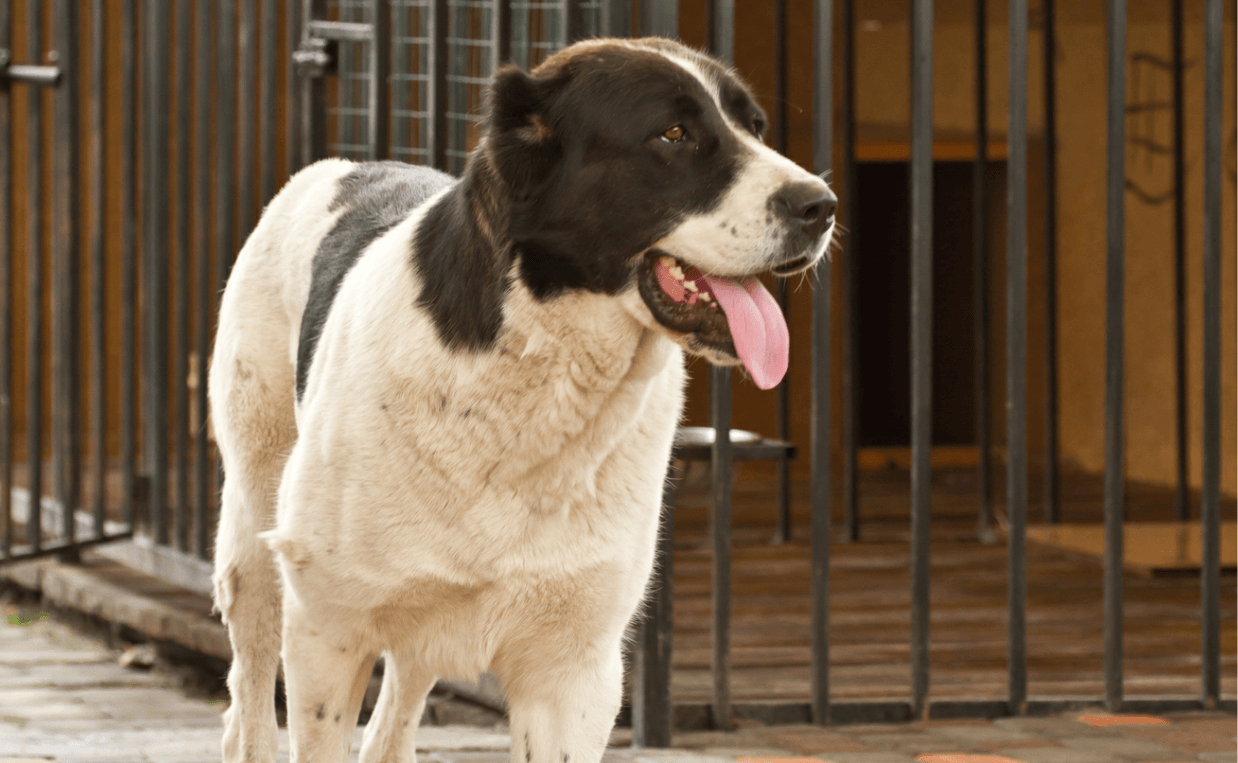
During COVID-19 lockdowns, many people turned to their pets for comfort.
But with changing times, many animal shelters across the United States are experiencing a higher-than expected number of animals left as strays.
On top of this increase, shelters have been at or above capacity for months, due to sluggish adoption numbers and more pets being surrendered.
All over the United States, the story is the same. Things are not looking good for pets in shelters or for the people who care for them.
Here are 7 things happening in animal shelters everyone needs to know – and how you can make a difference during a time when it matters the most.
-
The numbers look bad
The most recent data from PetPoint, one of the nation’s largest animal shelter software providers, shows troubling trends. Adoptions are slowing down and fewer pets are finding homes. Transfers to rescue group partners, historically an important lifesaving pathway for pets in highly crowded shelters, have significantly decreased.
In addition, pets are spending a longer duration in shelter care than before. Twice as long, in fact, for an average of 40 days. This means more dogs are in shelter at any point in time because they are staying for a longer time.
By one industry estimate, the number of cats and dogs facing possible euthanasia stands 100,000 more this year than last.

-
Animal shelters are particularly vulnerable to understaffing
The most recent survey data on animal shelter staffing shows nearly 60 percent of shelters say they are unable to provide good public service and 42 percent say they are unable to provide as much care and support for sheltered animals as they have in the past, all due to staffing shortages.
Animal shelter work is undeniably tough, particularly in entry-level cleaning, feeding and other technician positions. Long hours, weekend work, and comparably low wages are making it nearly impossible for animal shelters to maintain strong staffing levels.
Learn more here: Shelter Staffing Crisis: How We Got Here and What To Do About It
-
There is a nationwide veterinarian and vet tech shortage
There are simply not enough veterinarians and the shortage disproportionately affects government and nonprofit animal service agencies as well as low cost vet clinics, which cannot compete with the salaries and benefits of private practice vets.
This means, in many places, animal shelters don’t have the vets or techs needed to provide the medical care animals need when they enter and to get them ready for adoption.
The reasons for this veterinary shortage are complex and include widespread burnout and fatigue.

-
Pet owners are struggling
Rising evictions and increased rental fees are putting millions of pets at risk of entering the shelter system. People are having to move and having a tough time finding housing they can afford or properties that allow pets.
A recent study found pet rental fees disproportionately affect low-income community, making it hardest for people living in poverty to afford rent. Today, most people consider their pets to be important family members and often depend on them for emotional support, yet the threats to keeping human-and-animal families together have never been greater.
More families than ever are having to surrender their pets due to housing issues and not being able to provide food and veterinarian care.
Need help finding rental housing with your dog? Here’s an article to help: Find Rental Housing for You and Your Dog
-
Animal shelter workers are burned out and exhausted
Animal shelter professionals are reporting increased altercations with members of the public, more interactions with people suffering from mental health crisis, more exposure to heartbreaking situations causing them to surrender their beloved pet, and more trauma in general.
In a recent poll of more than 150 shelter professionals, 75 percent reported they have been the victim of online bullying and harassment, 70 percent reported they’ve been on the receiving end of in-person threats or harassment, and 80 percent said this treatment was in response to an organizational policy not in their control.

-
Pet overpopulation
Overpopulation of canines is increasing at an alarming rate. It is a pressing worldwide issue, including in the United States.
Animal overpopulation has many causes. Two of the most common include:
-
Lack of spay/neutering
A fertile dog can produce an average of two litters per year. The average number of puppies in a canine litter is six to ten. Up to 508 puppies can be born from one unspayed female dog and her offspring in seven years.
-
Pet abandonment
Pets depend on humans for food, shelter, and protection. Abandoned animals are either forced to enter shelters or left on roadsides. There are many reasons people abandon their pets. Sometimes it’s because an animal is too old or sick or the owners can’t afford to keep them any longer. Often, it’s due to relocation, allergies, or incompatibility with a family member or other pets. Sometimes people decide they no longer want the responsibility of being a pet owner. All of this puts a lot of pressure on animal shelter organizations.
-
The cost of owning a pet is growing
The ASPCA estimates the average annual cost of a dog is $1,391. Total pet costs are up 7.1% year-to-date, according to Pet Age. These costs don’t include professional grooming, dental care, one-time charges for medical procedures (spay, neuter, microchip and vaccination), training and pet accessories (crates, collars, home grooming tools, treats, toys, etc.)
Unfortunately, rising costs due to inflation is impacting the number of pets surrendered to animal shelters, especially from low-income families.

What Can Be Done to Help Animal Shelters in Crisis?
First, help keep pets out of shelters. You can do this by working to keep lost pets from entering shelters. If you find a friendly, healthy lost pet, consider holding on to the pet without it having to enter the shelter system. You can still report a found pet on The Humane Society of the Pikes Peak Region, increasing the chances the owners will be found – or the owners will find you!
Additionally, if you need to rehome an animal, consider supported self-rehoming instead of surrendering to a shelter.
Second, help get pets out of shelters alive. The contributing factors to overpopulated animal shelters discussed above is causing rising euthanasia numbers.
Along with adopting, fostering, donating, and volunteering with your local animal shelter and rescue organizations, you can help by raising awareness about the growing problems in shelters.
Encourage people to learn more about the problem and how they can help transform animal welfare efforts during this historically difficult time.
Have you adopted, fostered, donated or volunteered with an animal shelter or rescue organization? What was your experience? Please share in the comments below…

 Let’s Hear It For Halloween at Canine Campus with a Howling Contest
Let’s Hear It For Halloween at Canine Campus with a Howling Contest Canine Campus Celebrates 12 Years by Remembering Our First Student
Canine Campus Celebrates 12 Years by Remembering Our First Student






I adopted from a shelter. They seemed under control. I took my “little old man (he’s 10) home as soon as they would relies him. He came home.
This month I took him back to the shelter for a visit. They seemed a little over worked but still not burned out. They did seem to have more animals for adoption and they also had some quarantined puppies.
Doug(the dog) was so excited to see the workers (they were the ones who handled him) but I could tell that he was worried that he was going to be left there. He was relived when we went back to the car.
I didn’t mind the adoption fee because I know that they need it.
ADOPT